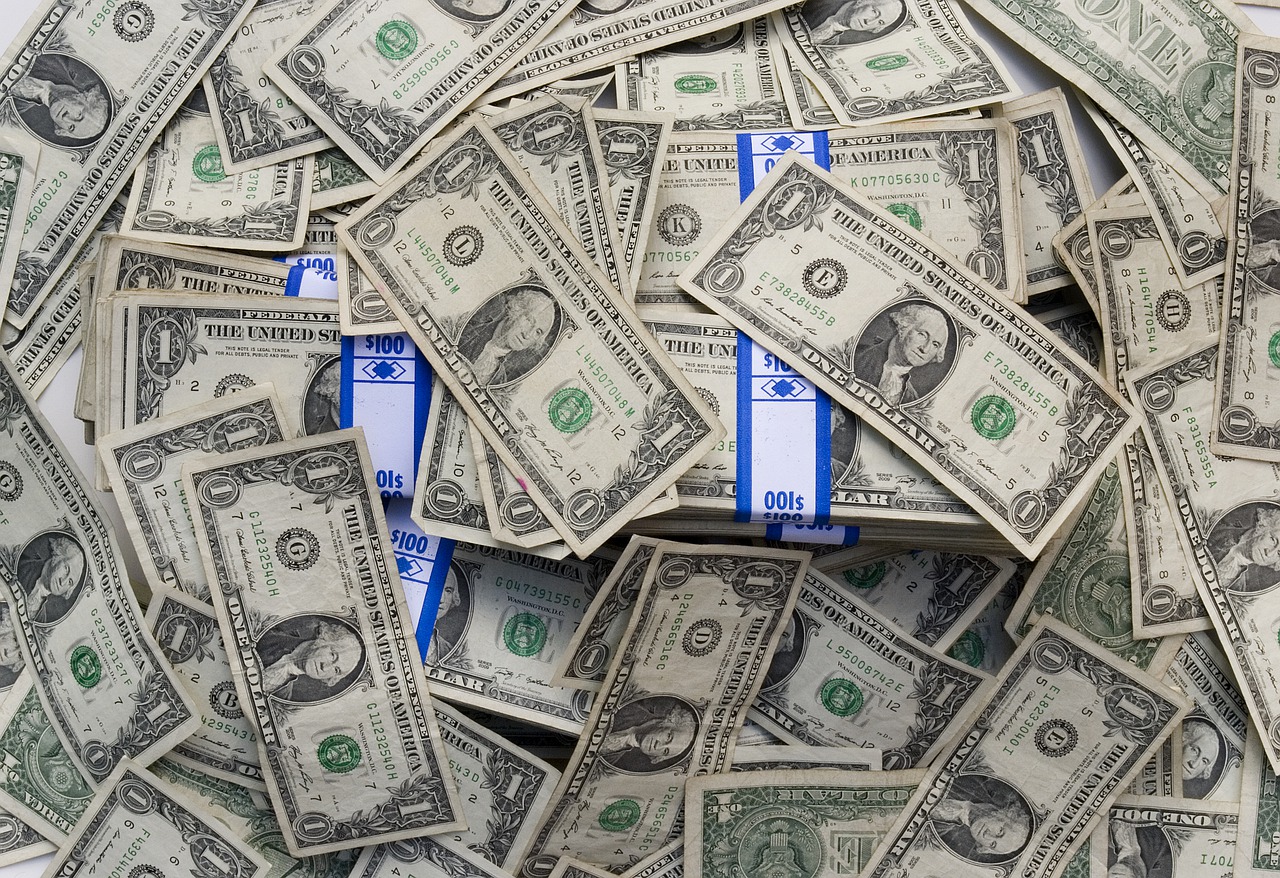James Bullard, president of the Federal Reserve Bank of St. Louis, just predicted that in the wake of the coronavirus pandemic, U.S. unemployment numbers may hit 30 percent in the second quarter. Considering nearly four in 10 Americans would have to borrow money to cover a $1,000 emergency, it’s easy to see how many will soon be left struggling to cover their bills.
Fortunately, banks, lenders and the federal government have already begun to address the dire financial situation many Americans will soon face. If you can’t pay your loans or you soon won’t be able to, you do have some options. We’ve included updated information on all the loan programs that may be available to you below.
Federal student loan payments are suspended for two months
While President Trump suggested that it’s possible for the timeline to be extended, borrowers with federal student loans can temporarily suspend their monthly payments without penalty and without accruing any interest charges for 60 days.
This change starts retroactively on March 13th.
“All borrowers with federally held student loans will automatically have their interest rates set to 0% for a period of at least 60 days,” writes the U.S. Department of Education in a press release.
“In addition, each of these borrowers will have the option to suspend their payments for at least two months to allow them greater flexibility during the national emergency. This will allow borrowers to temporarily stop their payments without worrying about accruing interest.”
This suspension does not make your student loan debt disappear, and borrowers have to take steps to contact their loan issuer for the change to take place. Also note that, according to the U.S. Department of Education, not everyone will want to take advantage.
“Some borrowers may want to continue making payments, like those seeking Public Service Loan Forgiveness (PSLF) or those enrolled in a repayment plan with a manageable monthly payment,” it writes.
For those pursuing PSLF specifically, it’s important to understand that electing to avoid loan payments for 60 days means that this time won’t count toward the required payments for the program.
For those who continue making their regularly scheduled student loan payments, their entire payment will be applied to the principal of their balance, helping them pay down debt faster.
Some mortgage lenders step in to provide relief for borrowers
Many mortgage providers have begun taking active steps to help borrowers negatively impacted by coronavirus or a resulting loss in income. For example, Fannie Mae and Freddie Mac are ordering loan providers to provide assistance in the form of mortgage forbearance for up to one year.
During this 12-month pause on mortgage payments, penalties and late fees will be waived and all foreclosure sales and evictions are put on hold until at least May 17, 2020. Negative reporting to the credit bureaus will also be suspended, and loan modification options should be offered to help homeowners stay in their homes until the one year reprieve on mortgage payments is up.
While these changes are currently applicable to homes guaranteed by Fannie Mae and Freddie Mac, federal regulators expect that most mortgage lenders will likely opt for similar policies.
With that said, in its current state, this relief isn’t available to everyone. Per a Freddie Mac response on the program, you have to have “a decline in income” in order to qualify.
Help with personal loans and home equity loans
Many banks are also stepping up to waive fees and help consumers stay on track with their loans despite losses in income. For example, popular personal lender Marcus by Goldman Sachs is letting customers defer payments for the month of March on their personal loans and the Apple Card without accruing interest.
U.S. Bank is also temporarily lowering costs for consumers interested in personal loans, and Fifth Third is offering payment forbearance for their mortgage and home equity loan customers. Bank of America is also waiving payments on mortgages and home equity products on request, and Wells Fargo is offering fee waivers, payment deferrals and other assistance for auto, mortgage, credit card and personal lending customers who reach out and inquire.
If you’re unsure if your lender is offering assistance on a personal loan, home equity loan or any other loan product, check its website for details to call to inquire. New programs may be announced on a rolling basis, so don’t give up hope that help is on the way.
Other steps you could be taking now if you can’t pay your loans
While the programs offered by lenders we highlighted here can be helpful as you navigate your finances over the next few months, there are additional moves you could be making that might also buy you some time. Steps you should begin taking now include:
- Contact your lender and ask for assistance. If you are unable to make an upcoming payment on a mortgage or another type of loan, experts suggest reaching to your lender immediately to talk over your options. It may be able to help you sign up for up to 12 months of paused payments, or it’s possible that it’ll work with you to waive late fees or move your payment due date.
- Look into refinancing. If you still have an income and meet other qualification requirements, it’s possible that you could refinance your mortgage, a personal loan or another loan product you have into a new loan with an extended payment timeline and lower monthly payment. Interest rates recently dropped like a rock due to the Federal Reserve cutting interest rates down to 0 percent, so this may be a good option if you can qualify.
- Cut all discretionary spending from your budget. Taking a long, hard look at your spending and bills can also help you determine some areas to cut. In times of financial hardship, it can make sense to keep food spending to a minimum, cancel subscriptions you don’t always use and figure out ways to spend less in your daily life.
- Withdraw funds from a retirement account with no penalty. Senate Republicans are currently working on a $1 trillion economic relief package that would send cash to Americans under certain income thresholds and make it possible to withdraw up to $100,000 from a 401(k) plan or other traditional retirement plan without the normal 10 percent penalty for withdrawals before age 59 ½. There’s no telling if this proposal will move forward, but it’s possible that individuals negatively impacted by coronavirus will qualify. According to The National Law Review, it’s also possible that the IRS will amend the requirements for a hardship withdrawal to include coronavirus, so individuals who have ample retirement funds should stay tuned.




